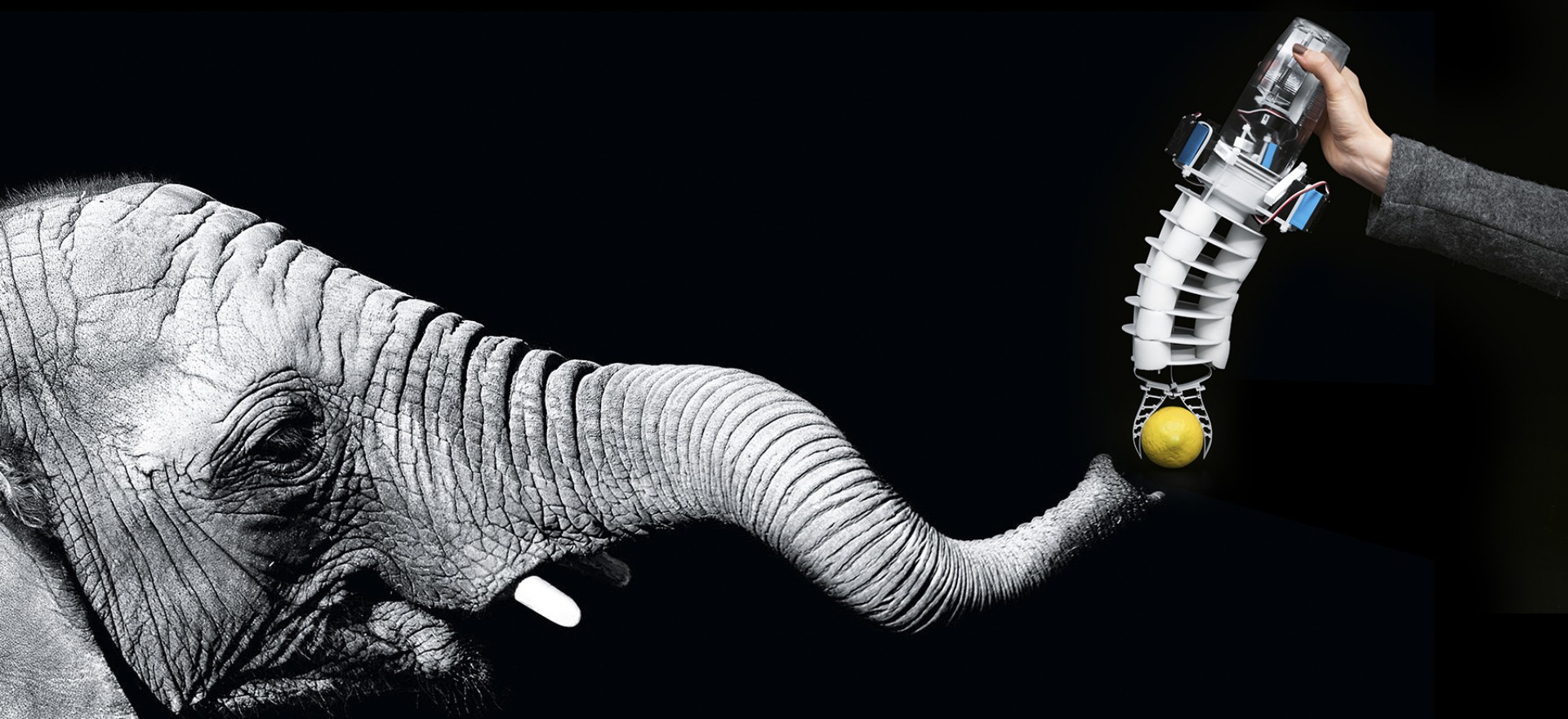

Bionics, or bio-inspired engineering, is based on the fact that nature has already solved many of the problems we deal with every day. The organisms and ecosystems we are surrounded by face many of the same challenges that we do. For example, they need to eat, stay warm, stay safe, stay hydrated, conserve energy, etc. And they must do this without harming their own environments
Nature’s solutions were optimized over millions of years by evolution in terms of energy efficiency, lightweight construction, function integration, etc. Engineers all over the world learn from, and are inspired by, nature. This is demonstrated through the invention of incredible robots, energy-efficient cars and planes, and innovative materials.
Bionics involves learning from nature and taking inspiration from nature’s vast pool of intelligent solutions. It’s also about asking the right questions and looking to the right models in our environment. How would nature deal with keeping warm or cool? How would nature waterproof? How would nature pick up objects? Studying how nature has developed solutions for living organisms can be very effective in terms of solving today’s engineering problems. Bionics serves as a link between biology and technology.
Since nature has the potential to provide inspiration for technology, we can look at bionics in two ways: a tool for increasing creativity or a tool for structured problem solving.
Nature shows us how to achieve maximum efficiency with minimum energy consumption in a wide variety of ways. Penguins, for example, have excellent natural insulation and can reduce the amount of energy they use thanks to their body shape, helping them to survive in the cold waters of the Antarctic. Festo used the energy efficiency possessed by penguins as its inspiration for the AquaPenguin (as to be seen on the image) and the AirPenguin.
The laws of nature also apply to engineering: the less weight there is to move, the less energy is consumed. Migratory birds, which must fly long distances, have an extremely light skeleton. From a technical perspective, lightweight construction saves not only energy but also resources, as less material is needed to produce the design. The ability of one element to perform several functions also reduces weight, energy consumption, and material costs. Lightweight construction is a feature of many of Festo’s prototypes, including the Bionic Handling Assistant and the SmartBird (as to be seen on the image), whose wing beat paves the way for the functional integration of lift and propulsion.
One of the key optimization strategies that nature has developed as it has evolved is the ability of organisms to communicate with one another (e.g., enabling them to exchange information about food sources and their quality). Those who learn how to find the best food have an advantage when it comes to natural selection. Like their natural role models, the BionicANTs (as to be seen on the image) work together under clear rules. They communicate with each other and coordinate both their actions and movements. Each ant makes its decisions autonomously, but in doing so is always subordinate to the common objective and thereby plays its part towards solving the task in hand.
core range